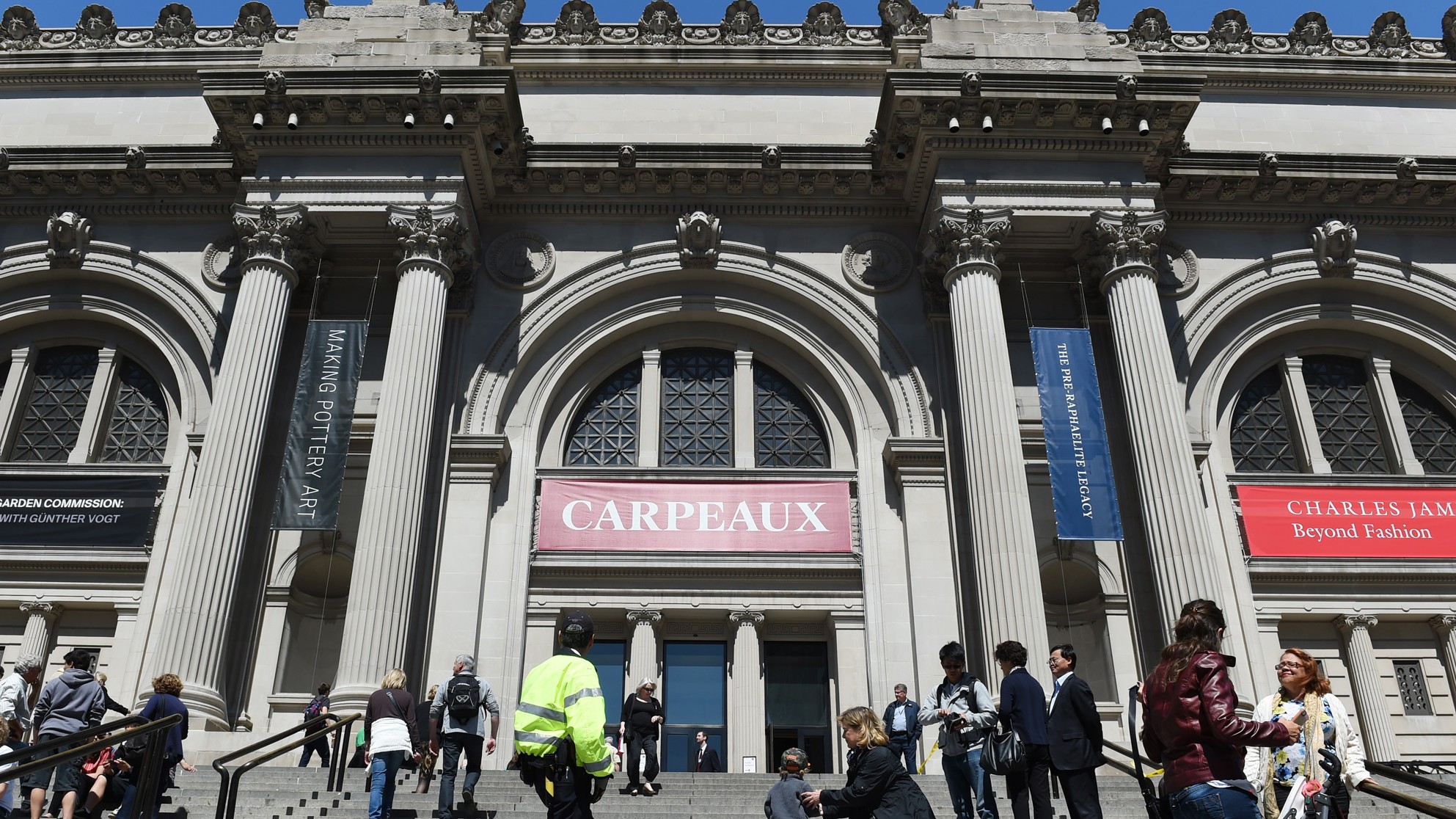–
A walnut-sized diamond sparkles like a night sky full of stars. Meter-long tarpaulins made of cotton show finely woven flora, fauna and people in rich colors doing nothing. A hookah inlaid with gold and silver is too beautiful to ever have been used, and a ruby-studded dagger may have served more as an ornament than a weapon. These treasures come from the tablelands of the Deccan in southern India, where a unique Indo-Islamic civilization flourished in five sultanates during the sixteenth and seventeenth centuries.
“The Deccan, under the Muslim rulers of the 16th and 17th centuries, had close ties abroad – with Iran, Central Asia, Africa and Europe. These influences manifested themselves in all the arts. Nevertheless, the strong court culture preserved a character that combined the spiritual and cultural traditions of the Deccan.”
For the exhibition in the Metropolitan Museum, Navina Haidar has assembled over 200 objects, curating one of the most comprehensive shows on the Deccan of that era to date.
Area famous for luxury goods
The region south of the Indus-Ganges plain was famous for its luxury goods and exported them all over the world. Carpets from this area feature on Vermeer’s intérieurs and his diamonds on the necks of many aristocrats portrayed. But painting was considered the highest of all Islamic arts. These were not paintings hung on the wall, as in the West, but illustrations in books and albums that potentates stocked their libraries with.
The sultans of the Deccan loved texts of all languages and genres. They had Sufi romances decorated just as lavishly as Persian fairy tales and Dravidian poetry and, of course, the book of all books, the Koran.
“The artists of the Deccan cultivated a fantastic style, which differed from the naturalism of the Mughal tradition in the North. They worked more intuitively and had a very specific color palette, rich in gold, teal and violet very typical of Deccan painting.”
Fine miniatures
There are scenes of battles and merrymaking, ornaments and marble effect shapes. The cosmopolitanism of the Deccan is particularly evident in the figures. One sheet depicts a meeting of Danish diplomats with local rulers, including the country’s flags. Elsewhere, maidens with Asian features cater to black merchants. These miniatures are painted so finely and the colors applied so carefully that you wish you had magnifying glasses instead of eyes to really capture every detail.
The exhibition in the Metropolitan Museum offers a glimpse into a culture that developed a splendor all of its own through its very openness. When you marvel at these treasures, you broaden your own horizons with the wide horizons of others.
–


